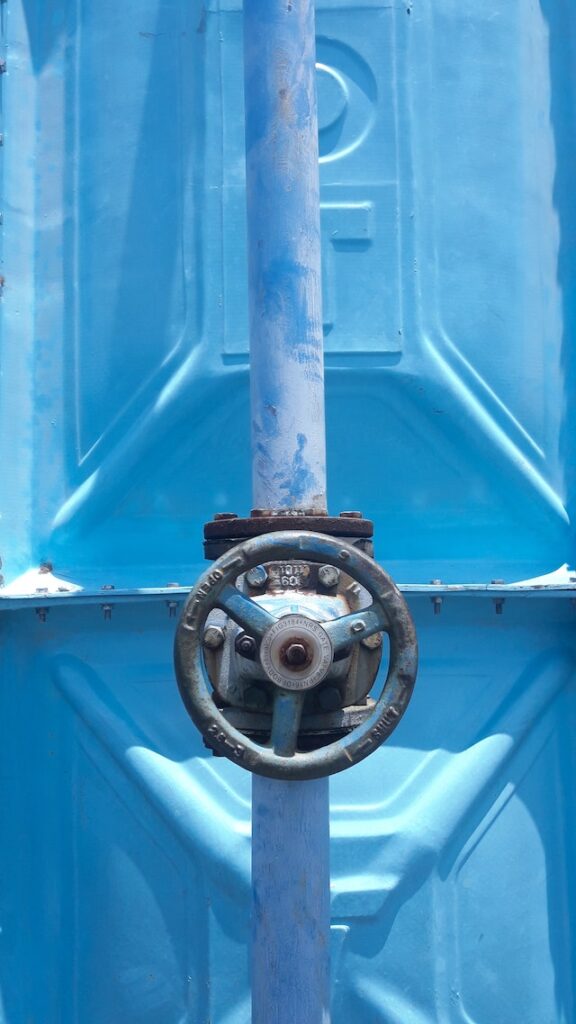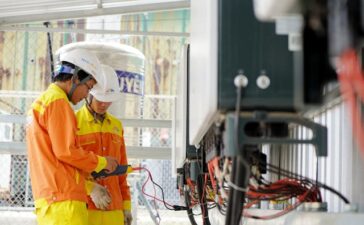In irrigation or watering systems, an air release valve is typically used to guarantee that any entrained air is automatically evacuated to improve system performance. Severe head loss and flow reductions may occur in pipelines with trapped air if the air is not effectively released.
The air release valve is also utilized during pipe drainage to maximize the water’s escape and prevent the pipe from experiencing vacuum conditions. Additionally, to maximize the efficiency of the pipeline, it is made to automatically discharge any entrained air that builds up at high points during the transfer of water. Air valves for sale has different advantages.
Finally, when there is column separation or when the pipe is filled at excessively high rates, air valves have the potential to produce water hammer. RFP valves stop the pipe from filling at an uncontrolled rate, which would result in water hammer.

Bodily valve: The distinctive ductile iron valve body is small and houses the upper mechanism and inner floats. Butterfly valves can be used directly beneath an air valve without affecting performance since the body is made so that the intake is entirely free of float guides. Each valve body contains a lower, tamper-proof drain valve made of 316SS grade, making it possible to drain and test the valve fast and safely.
Inner float components: All of the inner floats are made of polypropylene bar stock, which guarantees that their mass and shape will never change. The four guide ribs on the valve body guide and keep each float square to the body, preventing them from being blown out of alignment.
Significant orifice float: This makes it possible for air to enter and exit during filling and drainage.
Float for a small orifice: When the pipe is full and an air pocket forms in the valve, the small orifice float that houses the nozzle portion makes sure that the valve immediately releases any trapped air.
Upper float RFP: This float will stay open while the pipe is being filled, allowing the pipe to fill at a controlled rate. It rapidly rises and chokes the air discharge to a safe operating rate if the exit flow rate exceeds a safe working rate, preventing water hammer.

Higher seat: The O rings that create the seal between the seat and float are elegantly housed in the 316S grade stainless steel seat.
Outlet with mesh and cover: A stainless steel mesh on the valve prevents external contaminants from getting inside the inner floats and keeps spiders and rodents away from the underside of the lid. The ductile cover is sturdy, protects the floats from any direct sunlight, and, when installed inside, is strong enough to be stood on.
All water and wastewater pipelines contain air. Therefore, continual air evacuation is necessary for a safe and effective operation. Pipeline flow is facilitated by air valves, which also lower maintenance and replacement costs.





